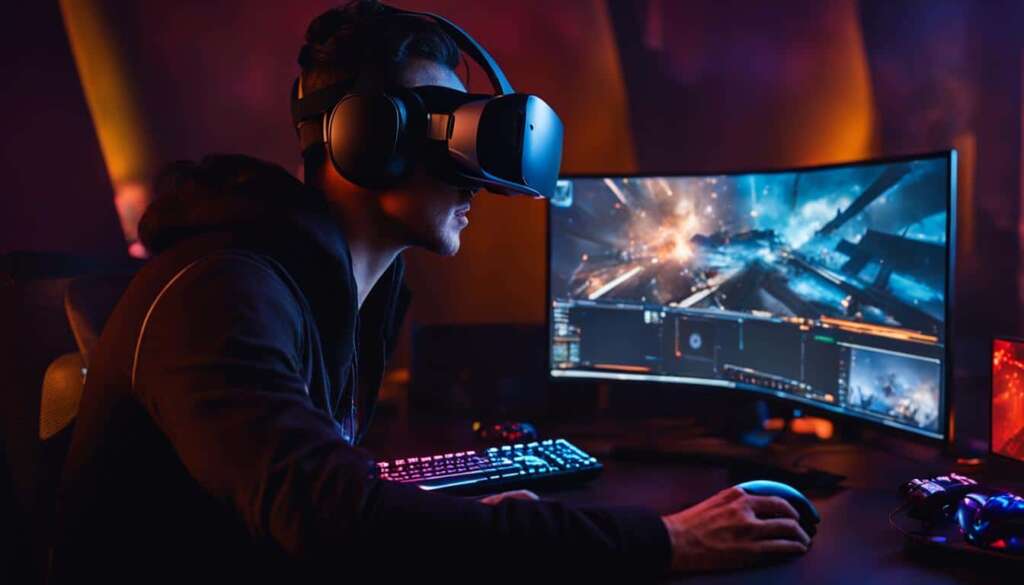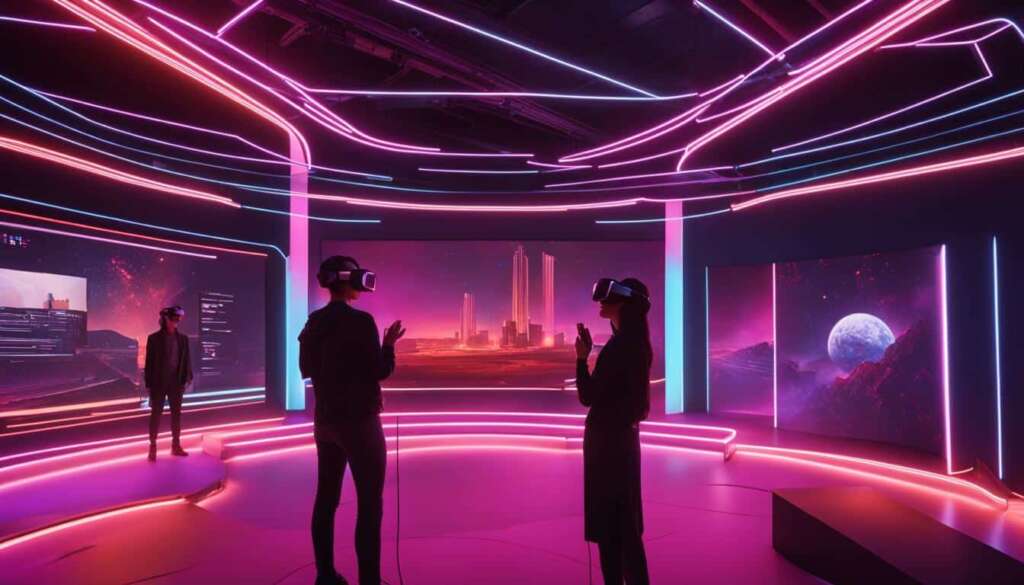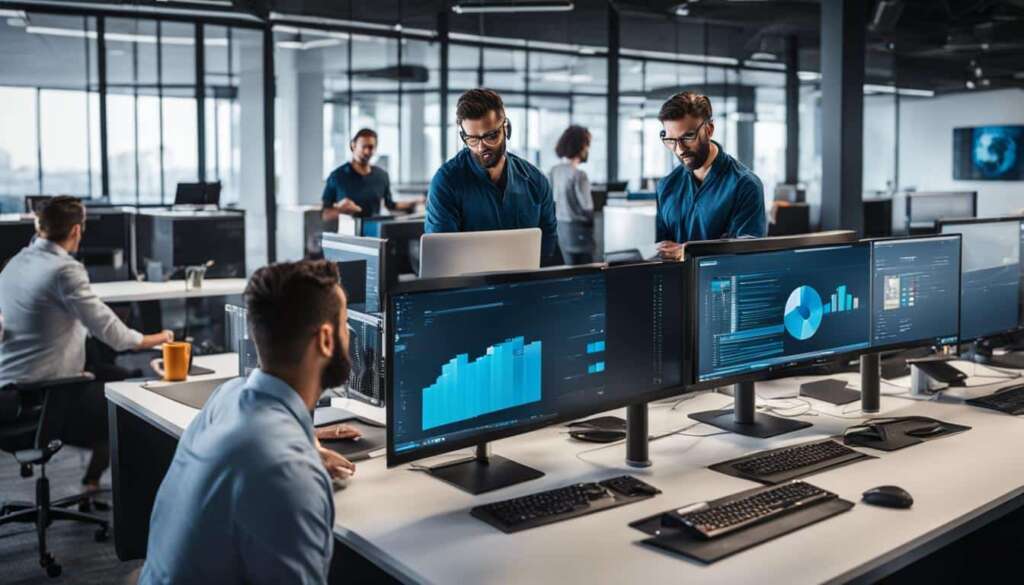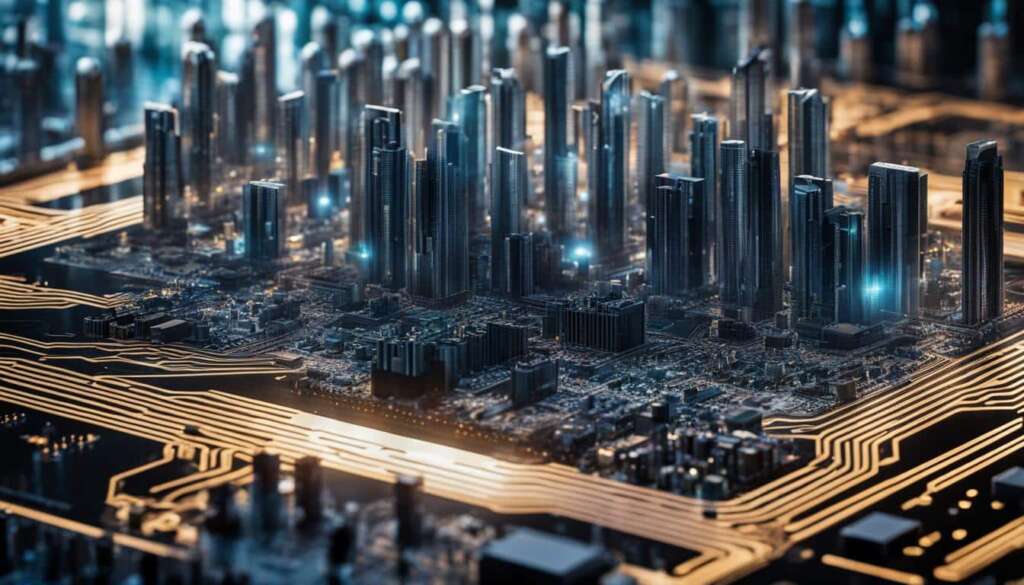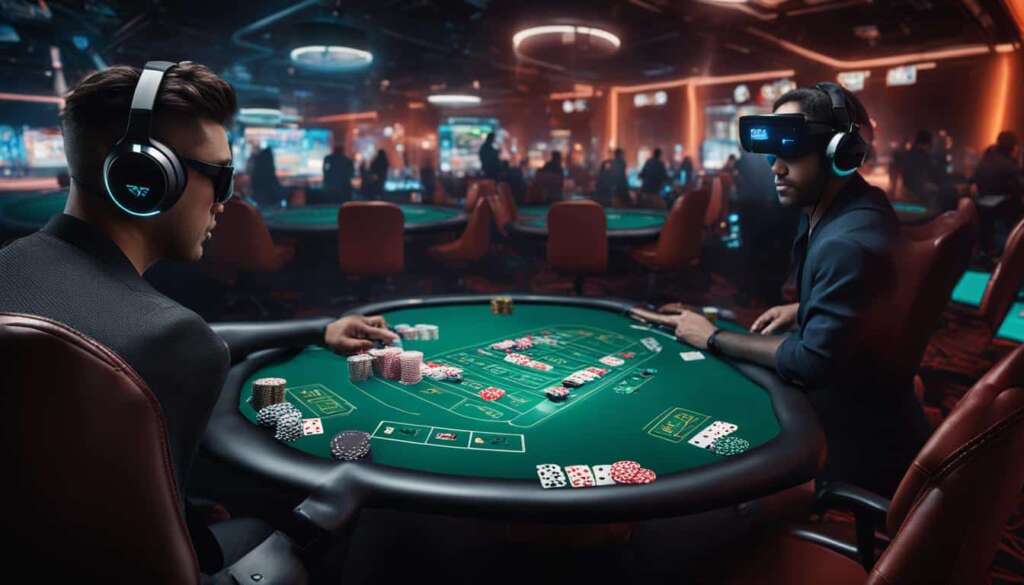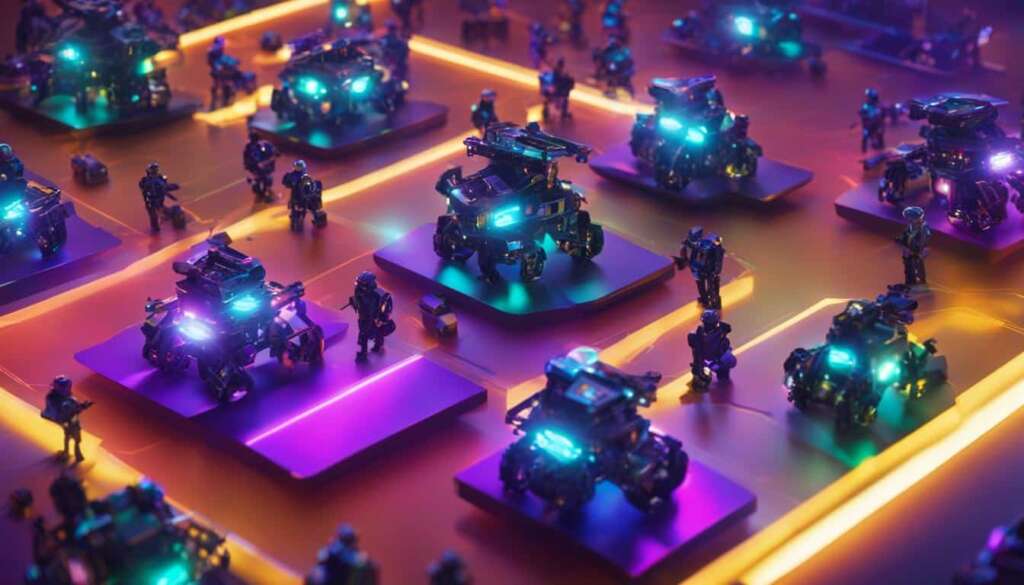Table of Contents
A robot avatar is a teleoperated system that allows people to see and feel things remotely using virtual reality (VR). With a robot avatar, users can have a remote presence and interact with their physical surroundings through VR technology, providing an immersive experience. This innovative technology offers users the opportunity to feel as if they are physically present in a different location.
The robot avatar is controlled by the user through VR devices, enabling them to see through its cameras and feel through its touch sensors. By wearing a VR headset, users can access real-time video feeds from the robot avatar’s cameras, allowing them to perceive their surroundings as if they were truly there. The incorporation of touch sensors also provides a haptic feedback that enhances the sense of immersion and realism.
Through the combination of VR and robotics, robot avatars open up a wide range of possibilities in various fields, including healthcare, education, and the workplace. Applications of this technology include remote medical consultations, virtual learning experiences, and telecommuting. The potential uses extend to disaster response, space exploration, and entertainment as well.
The use of robot avatars offers numerous advantages, such as enabling remote sensing and interaction when physical presence is not feasible or desirable. The immersive experience provided by VR technology allows users to have a realistic and engaging remote presence. However, it is important to consider the limitations of this technology, such as potential latency and bandwidth issues. Ethical and privacy concerns related to consent and personal space also need to be addressed.
In conclusion, robot avatars equipped with VR technology are transforming the way we remotely see and feel things. As this technology continues to develop, it has the potential to revolutionize remote communication and provide unique experiences in various fields.
How Does a Robot Avatar Work?
A robot avatar operates using a teleoperated system that seamlessly combines virtual reality (VR) technology with robotics. This innovative integration allows users to remotely sense and interact with their surroundings, as if they were physically present.
To initiate this immersive experience, the user dons a VR headset, which provides a live video feed from the cameras embedded within the robot avatar. Through this visual feedback, the user gains a comprehensive and real-time understanding of the robot’s environment.
The user’s movements are meticulously tracked and translated into commands that control the actions of the robot. Whether it’s navigating a room, manipulating objects, or gesturing, the teleoperated system enables precise execution of the user’s intentions.
The robot avatar itself is equipped with an array of sensors designed to perceive and interact with its surroundings. These sensors include touch sensors that provide haptic feedback, allowing the user to experience physical sensations during interactions.
By combining VR technology and robotics, a robot avatar bridges the gap between physical presence and remote sensing, empowering users to explore and interact with diverse environments from a completely different location.
Applications of Robot Avatars
Robot avatars have a wide range of applications, particularly in situations where remote presence is desired. With their ability to bridge distances and provide virtual interaction, robot avatars have the potential to revolutionize various industries.
Healthcare
In the field of healthcare, robot avatars offer an innovative solution for remote medical consultations. Doctors can use these avatars to see and interact with patients in real-time from a different location. This enables healthcare professionals to provide timely care and expertise, regardless of physical distance. Patients can benefit from immediate access to medical services, especially in areas with limited resources or during emergencies where time is critical.
Education
Robot avatars have also found applications in the field of education, enabling remote learning experiences. Students can use these avatars to explore virtual environments and interact with teachers and classmates from anywhere in the world. This opens up opportunities for immersive learning, fostering cross-cultural exchanges, and expanding educational access to remote or underserved communities. Robot avatars can enhance the quality and inclusivity of education by enabling personalized interactions and engagement.
Workplace
The workplace is another arena where robot avatars can make a significant impact. They enable telecommuting, allowing employees to have a remote presence and collaborate with colleagues from different locations. This can increase flexibility, productivity, and work-life balance. Remote workers can attend meetings, participate in discussions, and contribute to projects as if they were physically present. Robot avatars can also facilitate international collaborations, reducing the need for travel and associated costs while fostering a global workforce.
Other Applications
Aside from healthcare, education, and the workplace, robot avatars have potential applications in various other fields:
- Disaster Response: Robot avatars can be deployed in hazardous environments, providing vital assistance and information to first responders, mitigating risks, and saving lives.
- Space Exploration: By using robot avatars, scientists and astronauts can explore distant planets and environments, gathering data and conducting experiments without the need for human presence.
- Entertainment: Robot avatars can offer immersive experiences in the realm of entertainment, allowing users to interact with virtual worlds and characters, enhancing gaming, and creating new forms of interactive storytelling.
With continued advancements in robotics and virtual reality technology, the potential applications of robot avatars are vast, offering new possibilities for remote presence and telepresence in various sectors. These applications have the potential to transform industries, improve access to services, and redefine the way we collaborate, learn, and interact.
Advantages and Limitations of Robot Avatars
The use of robot avatars offers several advantages. Firstly, it enables remote sensing and interaction in situations where physical presence is not possible or desirable. Users can experience a sense of presence and engagement through the immersive capabilities of virtual reality (VR). This allows them to see and interact with their surroundings as if they were physically there.
Compared to traditional video conferencing or remote communication methods, robot avatars provide a more realistic and immersive experience. Users can have a genuine sense of being present in a different location, enabling them to engage in activities that require physical interaction, such as conducting medical consultations or participating in collaborative work.
While robot avatars have significant advantages, there are also limitations to consider. The technology is still relatively new, and there may be issues with latency and bandwidth. These limitations can impact the fluidity and real-time nature of the remote experience. Additionally, ethical and privacy considerations come into play, as the use of robot avatars raises questions about consent and control over personal space.
Despite these limitations, robot avatars have the potential to revolutionize remote communication in various fields. Their ability to provide remote sensing and interaction opens up new possibilities for industries such as healthcare, education, and workplace collaboration. With advancements in technology and addressing the current limitations, the future of robot avatars holds promising opportunities for creating unique and valuable experiences for users in the realm of remote presence.
FAQ
What is a robot avatar?
A robot avatar is a teleoperated system that allows people to see and feel things remotely through virtual reality (VR).
How does a robot avatar work?
A robot avatar works by using a teleoperated system that combines VR technology with robotics. The user wears a VR headset, which displays the live video feed from the robot avatar’s cameras. The user’s movements are tracked and translated into commands that control the robot’s actions.
What are the applications of robot avatars?
Robot avatars have a wide range of applications, particularly in situations where remote presence is desired. In healthcare, they can be used by doctors to provide remote medical consultations. In education, they can enable remote learning experiences. In the workplace, they can be used for telecommuting. Other potential applications include disaster response, space exploration, and entertainment.
What are the advantages and limitations of robot avatars?
The use of robot avatars offers several advantages, such as enabling remote sensing and interaction in situations where physical presence is not possible or desirable. They can provide a more immersive and realistic experience compared to traditional video conferencing methods. However, there are also limitations to consider. The technology is still relatively new and may have limitations in terms of latency and bandwidth. There are also ethical and privacy considerations to address.

